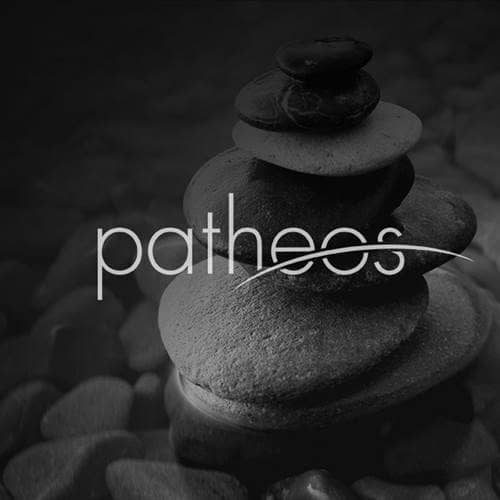- Trending:
- Pope Leo Xiv
- |
- Israel
- |
- Trump
- |
- Social Justice
- |
- Peace
- |
- Love

RELIGION LIBRARY
Zen
Worship and Devotion in Daily Life
Living conditions in traditional Japanese training monasteries are primitive. Food is grown on the monastery grounds or donated by lay followers, and cooked by the monks themselves. All cooking is done over a wood fire, and water is brought from a well. There is no heat in winter, and cleaning and bathroom facilities are very basic. There are no chairs, and beds are thin mats spread on the floor. These conditions encourage an appreciation for simplicity, and also motivate the monks to be mindful of their actions. Senior monks are always watching the novices, and correct them constantly. The monks arise very early, long before sunrise, and begin the morning with meditation. During the intensive sessions, they will get very little sleep, and are often exhausted and mentally on edge.
This harsh austerity is not characteristic of the life of the typical Zen "family priest." The temples at which they reside may be old, and their surroundings may be simple, but they often do have functioning restrooms, electricity, and other amenities. In a country such as Japan, where land is at a premium, Buddhist temples are often in beautiful, natural settings with large gardens and/or wooded grounds. Here clergy will usually continue to follow the vinaya, or monastic rules, with some exceptions. For example, Japanese Buddhist clergy usually marry, and the role of head of a temple is passed down from father to son. Rules may not be kept as strictly in these family temples as in the monastery setting, but Zen clergy follow the vinaya with the same rigor as the clergy of other Buddhist sects.
There are about seventy Zen teaching monasteries in Japan, compared to around 20,000 Zen temples. Yet approximately three-quarters of lay Buddhists in Japan may never visit a temple except when a loved one has died. While Zen temples offer services related to death, these are not exclusive to Zen. The Zen funeral traditions have long been assimilated by the other sects, and death rituals are the main source of income in most Japanese Buddhist temples today. Many lay people in East Asia are unaware of and uninterested in the sectarian affiliation of their local Buddhist temples.
Other lay Buddhists will visit a temple only a few times a year, usually for festival events such as the Ghost Festival or New Year. Zen is unique in that, throughout its existence, there have been temples and teachers who have encouraged lay participation in meditation, and there have been times when Zen temples organized mass ordination ceremonies for the laity. The number of lay participants in Zen is small, however, compared to the number who will visit the temple only for festivals or funerals and who may not even be aware that the Buddhist temple they are visiting is a Zen temple.
Study Questions:
1. Describe daily life within a Zen monastery.
2. How does monastery life differ from the typical daily life of a family priest? Why might this distinction be important?
3. What is the role of the Zen temple? Who uses it?










